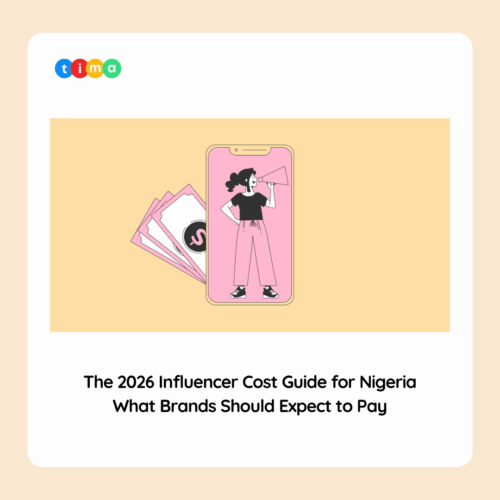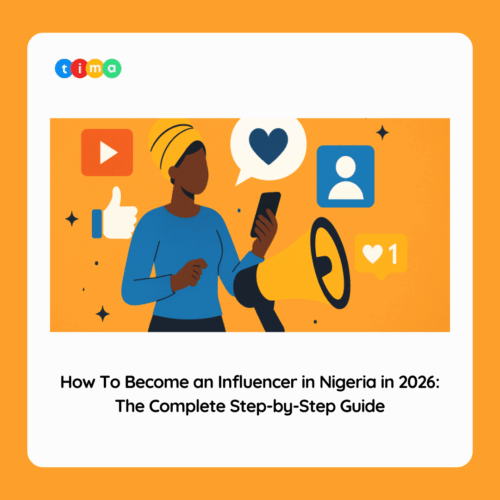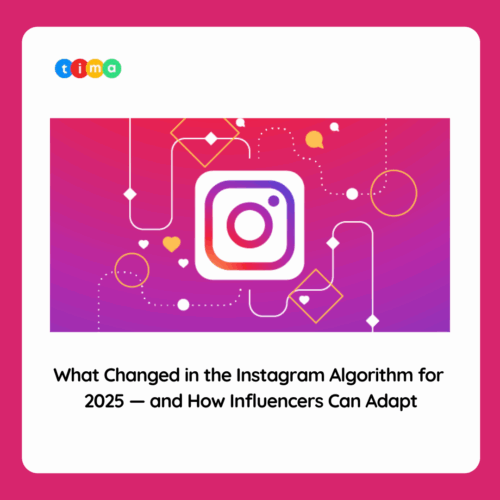Before the term “influencer” became popular, brands relied on celebrities to promote their products and increase brand exposure. During that time, social media users were fascinated by the illusion of a glamorous lifestyle. However, the current era values authenticity above all else. This raises the question: will endorsements from celebrities like Kim Kardashian still generate returns for brands? In this article, we delve into the world of micro influencers and macro influencers, examining their distinctive qualities and offering valuable insights on how brands can harness their strengths to achieve marketing success in this new landscape of authenticity.
Defining Micro Influencers and Macro Influencers
Micro Influencers
Micro influencers are individuals who have a smaller but highly engaged social media following, typically ranging from a few thousand to around 100,000 followers. They often specialize in specific niches or industries and are considered experts or enthusiasts in their respective fields. These small sized influencers tend to have a more intimate connection with their followers, fostering a sense of trust and authenticity.
Macro Influencers
Macro influencers, on the other hand, are well-established social media personalities with a significantly larger following, often exceeding hundreds of thousands or even millions of followers mostly celebrities. They are generally recognizable figures within the influencer sphere and have built their personal brands through their content, expertise, or celebrity status. Macro influencers often cover a broader range of topics and have a wider reach compared to micro-influencers.

Leveraging the Strengths of Micro Influencers and Macro Influencers:
In this era of authenticity, celebrity endorsements, such as those from Kim Kardashian and Davido, remain relevant and effective. The key lies in harnessing the combined power of micro influencers and macro influencers. Small sized influencers excel in niche markets, forging genuine connections with their engaged audience. Meanwhile, macro influencers offer wide reach and broader appeal, ensuring valuable exposure and heightened brand awareness on a larger scale. By embracing a balanced approach that combines the strengths of both, brands can achieve optimal results, effectively connecting with specific target audiences while also enjoying the benefits of broader visibility. It’s a harmonious collaboration that maximizes the impact of influencer marketing strategies.
Striking a Balance
Successful influencer marketing hinges on finding the right balance between micro influencers and macro influencers. By harnessing the authenticity and targeted engagement of micro influencers alongside the broader reach of macro influencers, brands can craft impactful campaigns that deeply resonate with their target audience while still gaining wider visibility and brand exposure. It’s about capitalizing on the unique strengths of each category, leveraging micro-influencers for niche connections and trust-building, and tapping into the expansive reach of macro-influencers to amplify brand messaging. Achieving this delicate equilibrium allows brands to maximize the impact of their influencer partnerships and unlock the full potential of influencer marketing.

What should brands consider when deciding between the two?
Reach and Visibility:
Macro influencers undoubtedly have a broader reach, allowing brands to tap into a vast audience and gain widespread visibility. This can be advantageous for campaigns aiming for brand awareness and maximum exposure. Micro influencers, on the other hand, provide access to a highly targeted and engaged audience, resulting in more focused and niche visibility.
Engagement and Authenticity:
Micro influencers shine when it comes to engagement. Their smaller communities foster a sense of intimacy, allowing them to have meaningful interactions with their followers. Due to their niche expertise, micro influencers are perceived as more authentic and relatable by their audience, leading to higher levels of trust and credibility.
Cost-Effectiveness:
Macro influencers often command higher fees due to their larger following and wider reach. Collaborating with them can require a significant portion of a brand’s marketing budget. In contrast, micro influencers tend to have lower costs, making them an attractive option for brands with limited resources.
Campaign Objectives:
Consider the objectives of your campaign. If your goal is to generate brand awareness and reach a broader audience, macro influencers might be the way to go. However, if you’re aiming for deeper engagement, building brand loyalty, or targeting a specific niche market, micro influencers can be more effective.
Long-Term Relationships:
The small sized influencers are often more open to long-term collaborations and partnerships with brands. Building a sustained relationship with a micro influencer can result in consistent content creation, increased brand affinity, and authentic advocacy over time.
Last words
There is no one-size-fits-all answer to the micro-influencers vs. macro influencers debate. The choice depends on the brand’s specific goals, target audience, budget, and desired campaign outcomes. A balanced approach might involve a mix of both, capitalizing on the strengths and advantages each category offers.









